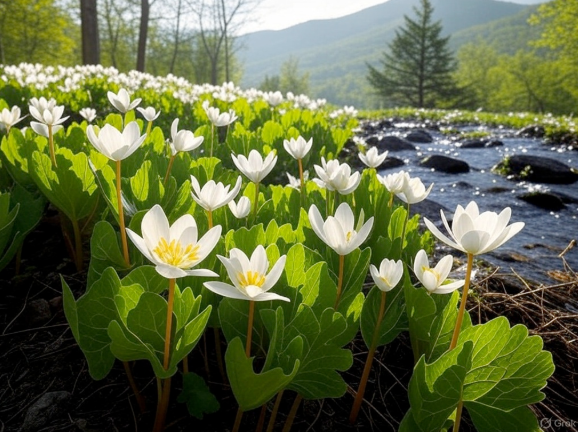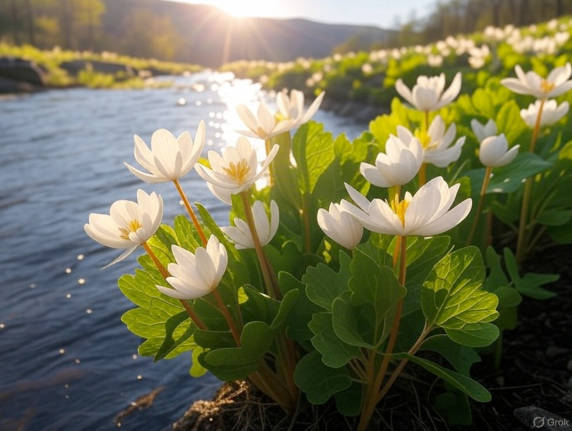Blog/Experiences
The Bloodroot Flower: A Rare Spring Gem with Untapped Potential

Bloodroot, also known as Sanguinaria canadensis, a perennial flowering plant native to eastern North America, is a botanical gem that dazzles with its fleeting yet stunning blooms each spring. For about two weeks, usually late March and early April, its delicate white flowers and vibrant red root sap captivate onlookers, hinting at the rich history and untapped potential beneath its surface. Used for centuries by Native American tribes and early settlers, Bloodroot is more than just a pretty flower—it's a symbol of nature's complexity and a call for modern science to further explore its possibilities. As we delve into Bloodroot's potential, we are also reminded of the countless other natural wonders that await more research and even discovery, inspiring a future where ancient wisdom and modern innovation converge.
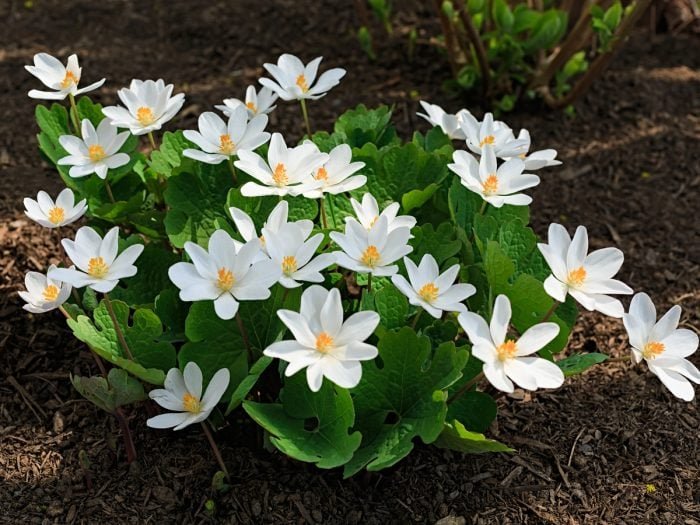
A Global Snapshot: Where Bloodroot Grows Wild
Bloodroot's wild domain is exclusively eastern North America, stretching across a vast yet specific range. In the United States, it graces forests and floodplains from Alabama to Wisconsin, Connecticut to Texas, and Maine to Nebraska; found in states including Arkansas, Delaware, Florida, Georgia, Illinois, Indiana, Iowa, Kansas, Kentucky, Louisiana, Maryland, Massachusetts, Michigan, Minnesota, Mississippi, Missouri, New Hampshire, New Jersey, New York, North Carolina, North Dakota, Ohio, Oklahoma, Pennsylvania, Rhode Island, South Carolina, South Dakota, Tennessee, Vermont, Virginia, and West Virginia. In Canada, it dots the landscapes of Manitoba, New Brunswick, Nova Scotia, Ontario, and Quebec. Absent from the western U.S. and far northern reaches like Alaska, it's a plant tied to the moist, shaded woodlands of the East. Beyond its native turf, Bloodroot doesn't grow wild, though gardeners worldwide cultivate it as an ornamental delight, drawn to its elegance and lore.
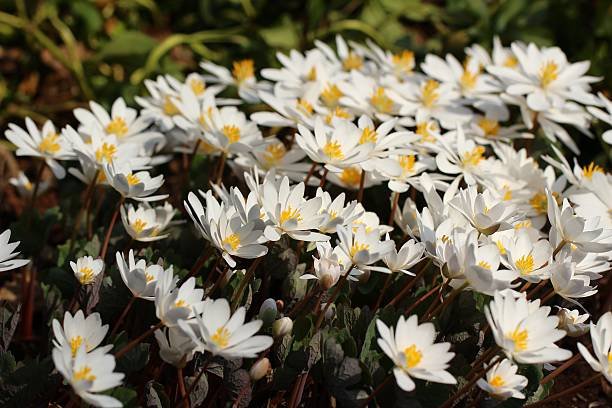
A Brief Spring Cameo
Timing Bloodroot flowers' first appearance is a guessing game. As winter fades, they follow the daffodil's golden fanfare by roughly a week, unfurling blooms around early spring. With daffodils blooming a little early this year, now is prime time to see these tiny flowers in and around Rockbridge County, Virginia. Their white petals literally glow against the forest floor. A brief act in nature's play, the flowers—cradled by a single scalloped leaf—shine for a short stretch before fading. After the blooms disappear, the leaves remain visible well into summer, providing a marker for where new flowers will emerge next year. The plant then retreats underground, making their beauty a rare event that demands attention.
From Folklore to Laboratory: A Plant of Promise
This rarity only heightens Bloodroot's allure, rooted in centuries of use. Indigenous tribes prized its crimson sap as a dye for baskets and war paint, a remedy for coughs and skin woes, and even a token in courtship rituals. Early settlers followed suit, blending it into salves and repellents. Today, its alkaloids—sanguinarine and chelerythrine—are stealing the scientific spotlight. Lab studies reveal that these compounds can halt cancer cell growth and trigger apoptosis, with sanguinarine showing particular promise against triple-negative breast cancer, renal cancer cells, and non-small cell lung cancer cells. These findings, though confined to petri dishes, are a thrilling hint of what might be—a natural ally in medicine waiting to be unlocked. Yet, with clinical evidence still lacking, the call for more research grows louder. Could the wild rarity of Bloodroot lead to amazing cures that save countless lives? Only focus, time, and research will reveal the answer.
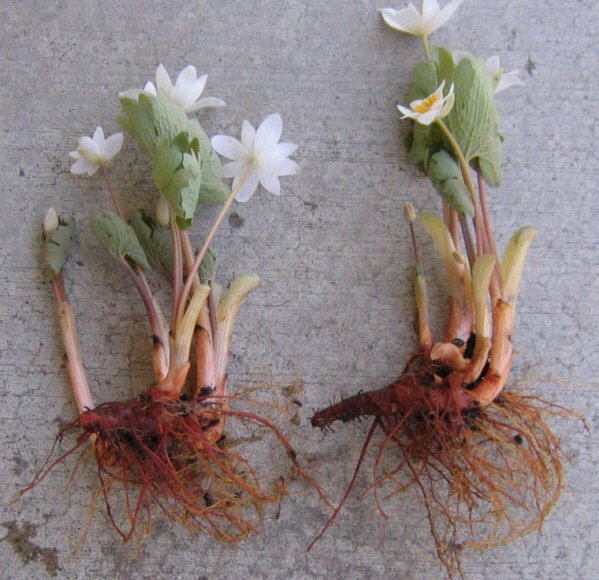
Farming Bloodroot: Taming the Wild
For all its scarcity in nature, Bloodroot bends easily to human hands. Cultivation is not just possible—it's remarkably straightforward. This woodland native thrives in moist, well-drained, humus-rich soil under partial to full shade, mirroring its forest home. Plant rhizome cuttings in spring or fall, or sow fresh seeds (patiently awaiting their 2-3 year debut), and Bloodroot takes root easily. Once established, it spreads via rhizomes and ant-dispersed seeds, forming lush colonies that bloom reliably each spring. At maturity, Bloodroot plants typically reach 6-8 inches in height, with leaves expanding to 6-8 inches wide after flowering. These compact plants form dense clumps over time, creating an attractive groundcover in shaded gardens. No heavy upkeep, no complex tricks—just a natural mulch of fallen leaves keeps it happy over winter and right up to blooming.
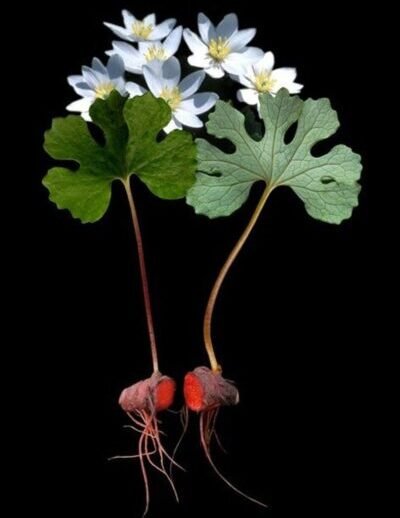
A Balanced Perspective: Risks and Rewards
Bloodroot's potency may be both its strength and its challenge. The vivid red sap, celebrated for centuries as a dye and healer, carries inherent risks. Taken orally, it may cause nausea or drowsiness; in higher doses, it can lower blood pressure or, in extreme cases, impair vision. Skin contact can irritate, and it's completely off-limits if pregnant or breastfeeding. In dental products, its sanguinarine has also been tied to rare cases of leukoplakia. Additionally, the FDA has expressed concerns about products containing bloodroot marketed as cancer treatments without scientific evidence.
These aren't reasons to shun it; they are signposts for caution. Given the potent nature of Bloodroot's compounds, any exploration of its medicinal properties should be done under strict scientific protocols and medical supervision. Advocating for resources to unlock Bloodroot's full potential must go hand in hand with ensuring its safe use. After all, consider Ozempic—a synthetic molecule inspired by a compound in the toxic saliva of Gila monsters. This popular medication for diabetes and weight loss works by reducing appetite and slowing digestion. If such a venom-derived compound can be harnessed for good, why not the Bloodroot? Not only is it far more aesthetically pleasing than a Gila monster, but its very toxicity is likely part of its untapped therapeutic promise.
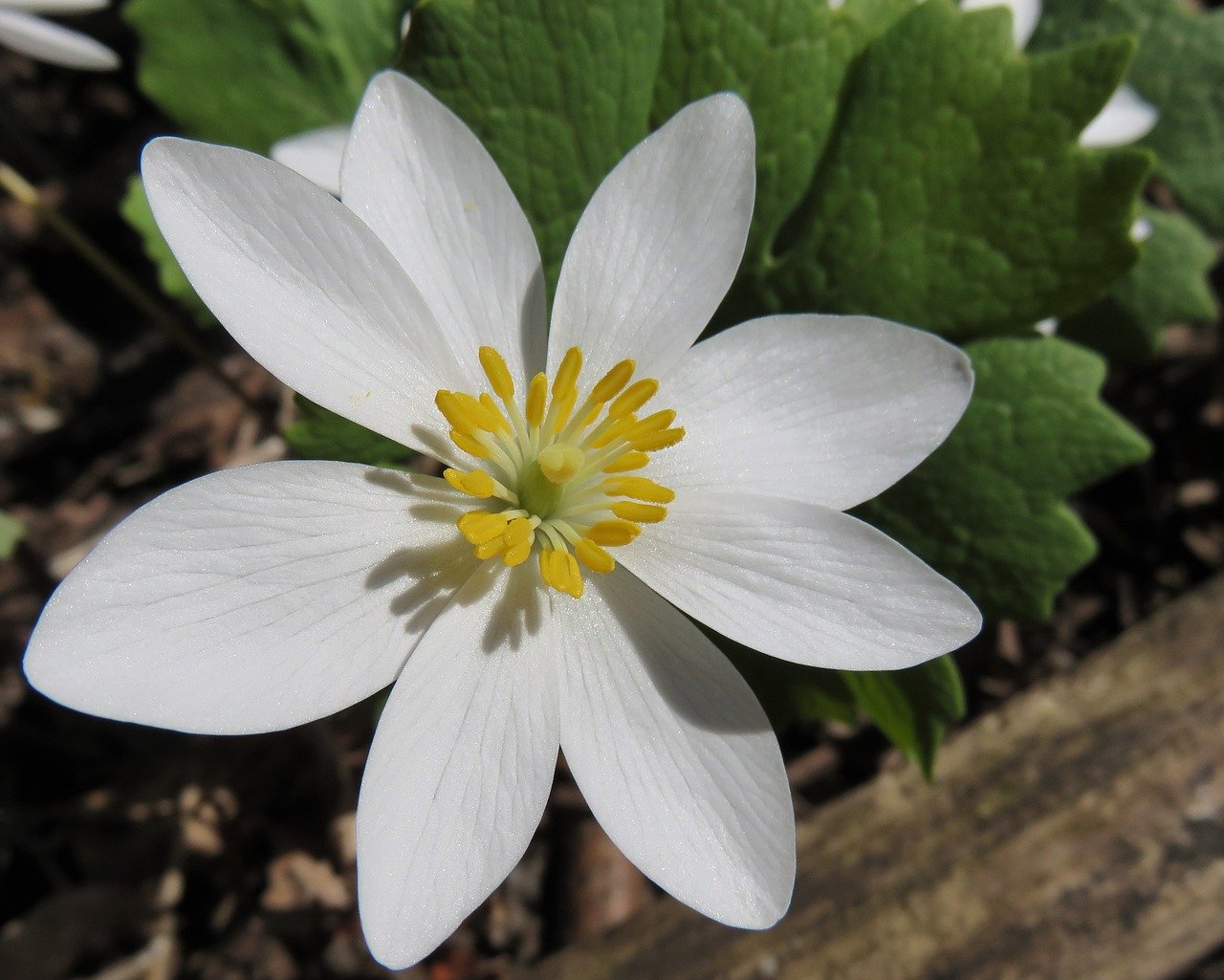
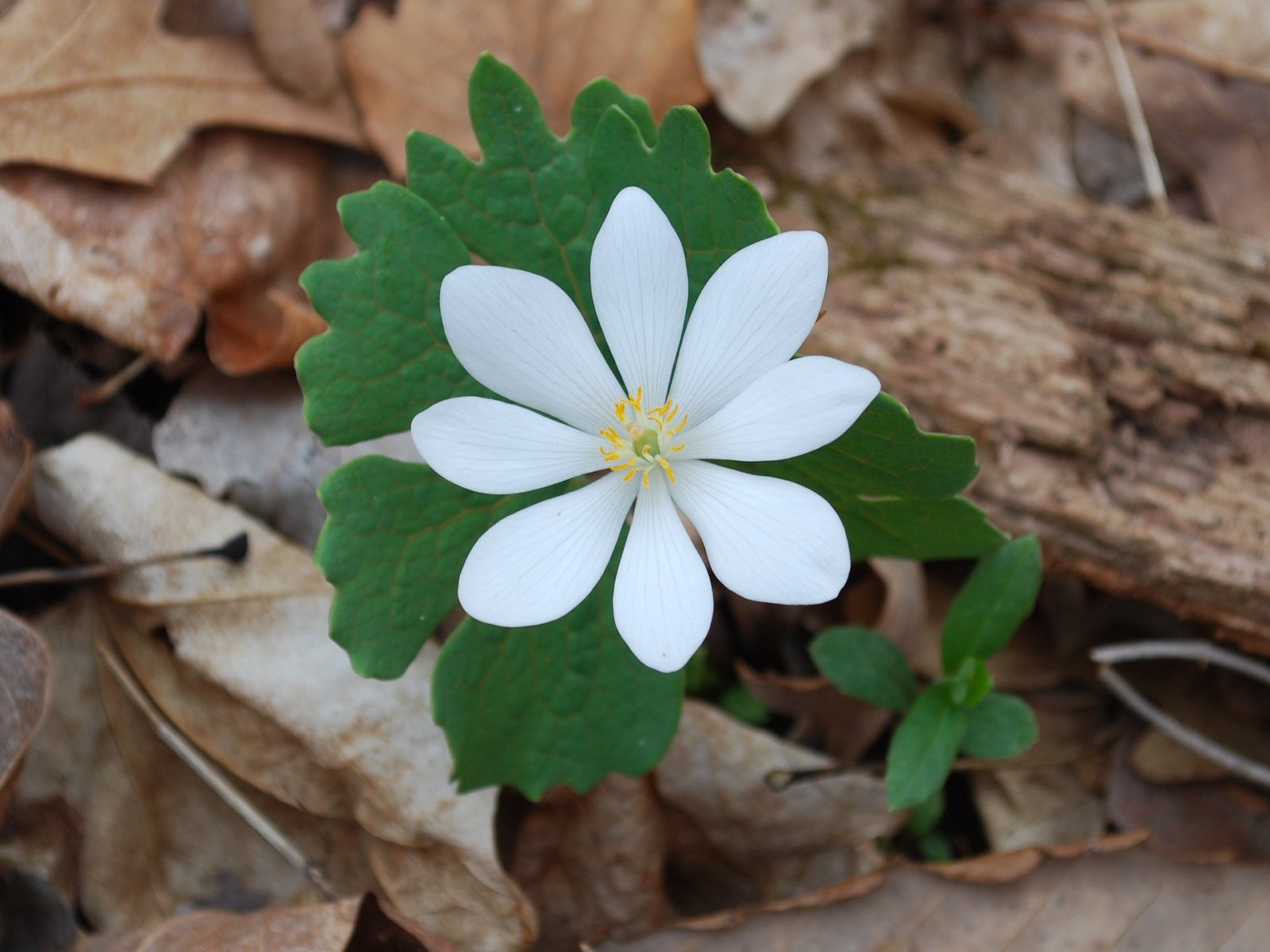
A Vision for Bloodroot's Future
Its striking blooms and crimson sap have inspired awe for centuries with its chemical complexity sparking scientific wonder more recently. A flower steeped in history yet poised for the future, Bloodroot is a paradox—scarce yet cultivable, storied yet mysterious, risky yet ripe with potential. Its brief bloom reminds us of nature's delicate timing—a fleeting star that follows the daffodil's lead and fades too soon. While it's not ready to be hailed as a cure quite yet, its promise is undeniable. Farming offers a bridge to sustainability, making Bloodroot a steady presence for beauty and science alike. Its anticancer whispers demand louder investigation—more labs, more trials, more answers. Let's not just marvel at its two-week dance with spring; let's plant it, study it, and celebrate it. If we nurture this tiny flower's journey, Bloodroot could transcend its current brief spring cameo to become a lasting legacy of discovery. It could transform from a traditional Native American and folk remedy into a cornerstone of innovative medicine.
By embracing the fusion of modern technology and natural wonders used by our ancestors, we can unlock the full potential of not just Bloodroot but other botanical treasures. The clock is ticking. Let's plant the seeds now to create a new era of healthcare—one that pulses with the forest's ancient rhythm, honoring the past while embracing the future.
